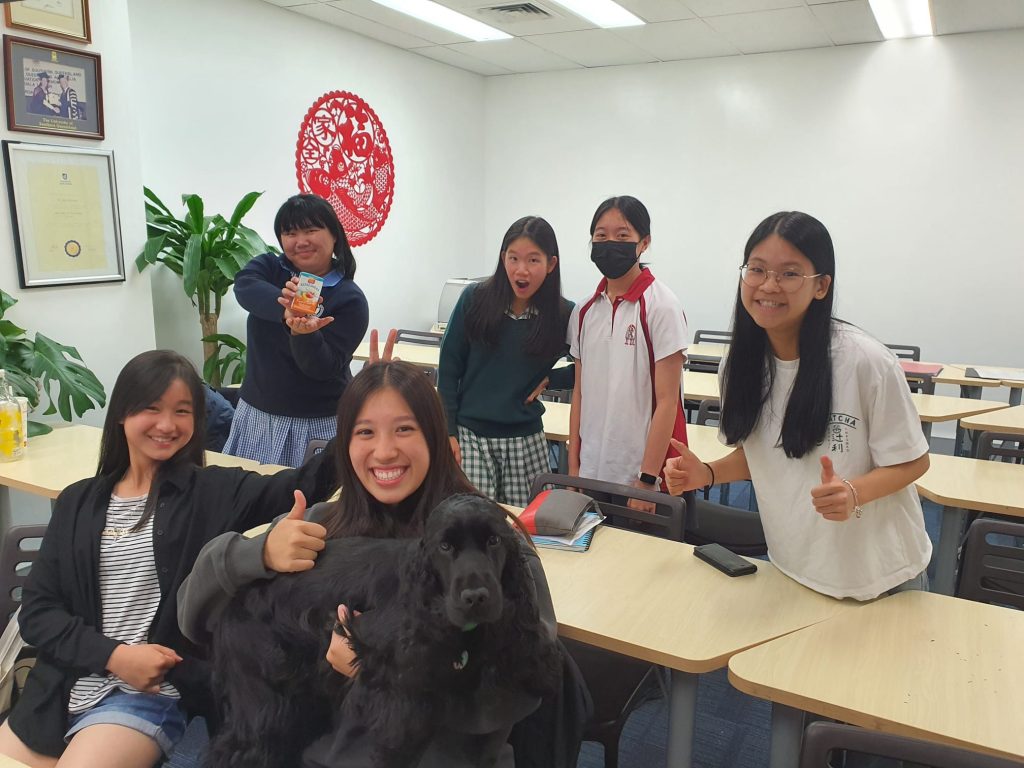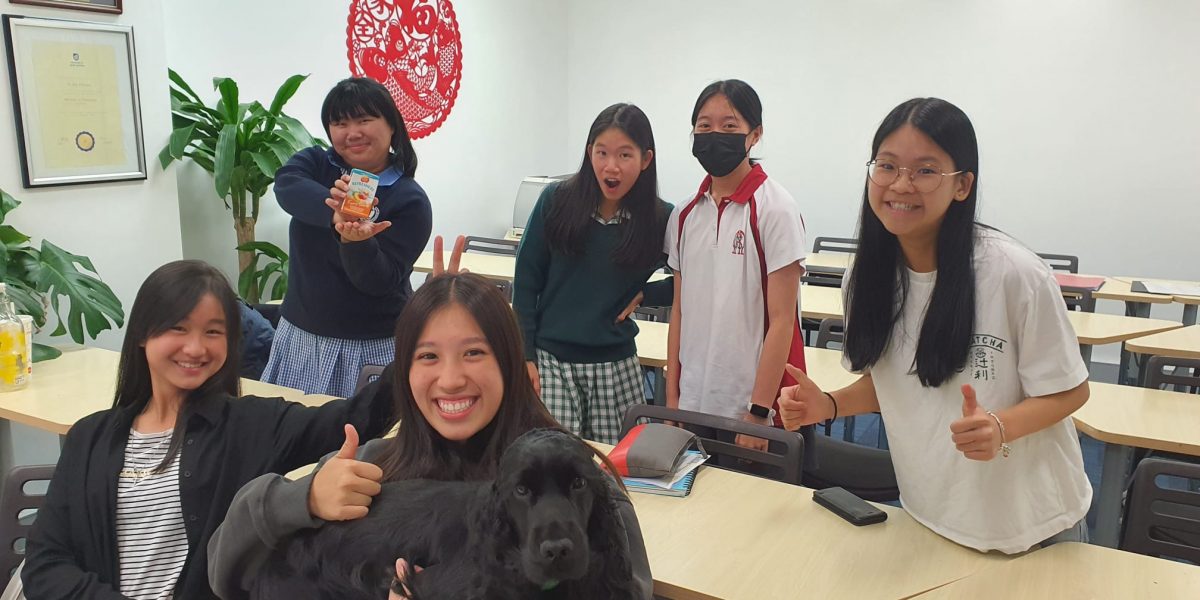
Level 9 Mathematics
In Level 9, students develop familiarity with a broader range of non-linear and linear functions and relations, and related algebra and graphs.
Students apply index laws with integer indices to a range of numerical expressions and extend this to algebraic expressions involving numbers and pro-numerals. They use indices to express very large and very small numbers in scientific notation, and apply this in measurement contexts. Students solve problems involving direct proportion and rates, and simple interest. They apply coordinate geometry to finding the distance between two points in the Cartesian plane, and the midpoint and gradient of a line segment joining two points.
Students graph linear relations and solve linear equations, using tables of values, graphs and algebra. They graph simple non-linear relations such as parabolas, the reciprocal function, and circles at the origin, and solve simple related equations with and without the use of digital technology.
Students find areas of composite shapes and the surface area and volumes of right prisms and cylinders. They solve problems involving very small and very large time scales and intervals, and use scientific notation in this context. Students use similarity, enlargement transformations and apply geometric reasoning to solve problems involving ratio and scale factors. They use Pythagoras theorem and trigonometry ratios to solve problems in the plane involving right angles triangles, and develop an understanding that these involve irrational real numbers, which are generally represented by rational approximations specified to a given accuracy.
Students list outcomes for two-step experiments involving selections with and without replacement, using arrays and tree diagrams, and determine related probabilities. They use Venn diagrams and two-way tables to calculate probabilities and relative frequencies from collected or given data to estimate probabilities. They identify issues and questions involving categorical and numerical data, use back-to-back stem-plots and histograms to describe and compare the distribution of data in terms of location (centre), spread and symmetry or skew.
Level 10 Mathematics
In Level 10, students extend their use of mathematical models to a wide range of familiar and unfamiliar contexts, involving the use of all types of real numbers. They recognise the role of logical argument and proof in establishing mathematical propositions. Students apply mental, written or technology-assisted forms of computation as appropriate, and routinely use estimation to validate or provide bounds for their answers. They use exponential functions to model compound interest problems.
Students expand, factorise, simplify and substitute into a wide range of algebraic expressions, including linear, quadratic, and exponential terms and relations, as well as simple algebraic fractions with numerical denominators. They solve related equations, linear inequalities and simultaneous linear equations, with and without the use of digital technology. They explore the connection between tabular, graphical and algebraic representations of non-linear relations, including circles with centres at any location in the Cartesian plane.
Students solve problems involving surface area and volume for a range of objects, and follow proofs of key geometric results involving the application of congruence and similarity. They solve practical problems in two and three dimensions involving right angles triangles,
Pythagoras theorem and trigonometry.
Students extend their work in probability to combinations of up to three events, using lists, tables, Venn diagrams, tree diagrams and grids as applicable to determine probabilities. They explore the concepts of conditional probability and independence, and their application to solving problems involving chance events.
Students use quartiles and the interquartile range as a measure of spread, and construct and interpret boxplots to compare data sets. They relate box plots to corresponding dot plots and histograms. Students explore the association between two numerical variables using scatterplots, in particular with time as the independent variable. They discuss claims made using statistics in various media articles and other reports, on issues of interest.
Level 10A Mathematics
Level 10A provides optional, additional content for students to be extended in their mathematical studies.
Students could extend work in number and algebra to investigate the structure and properties of number systems, with further analysis of order relations and inequalities. They could extend the study of trigonometry to include an introduction to circular functions and equations, or extend the study of indices and exponential functions to logarithms, including an introduction to logarithmic functions.
Students could extend work in measurement and geometry to proving a broader range of geometric propositions solving trigonometric problems in non-right angles triangles, or solving three dimensional problems involving surface area and volume of cones and spheres and composite shapes.
Students could extend work in statistics and probability to explore the concepts of conditionality, dependence and independence in depth, or consider how various measures of location and spread can be used to describe the distribution of a data set, and investigate how robust these are with respect to variation in the data, in particular with respect to measurement error.
(Source: VCAA)
Acceler8 VCE Maths Tutoring
The Mathematics Tutoring Specialist
Melbourne, Victoria, Australia.


